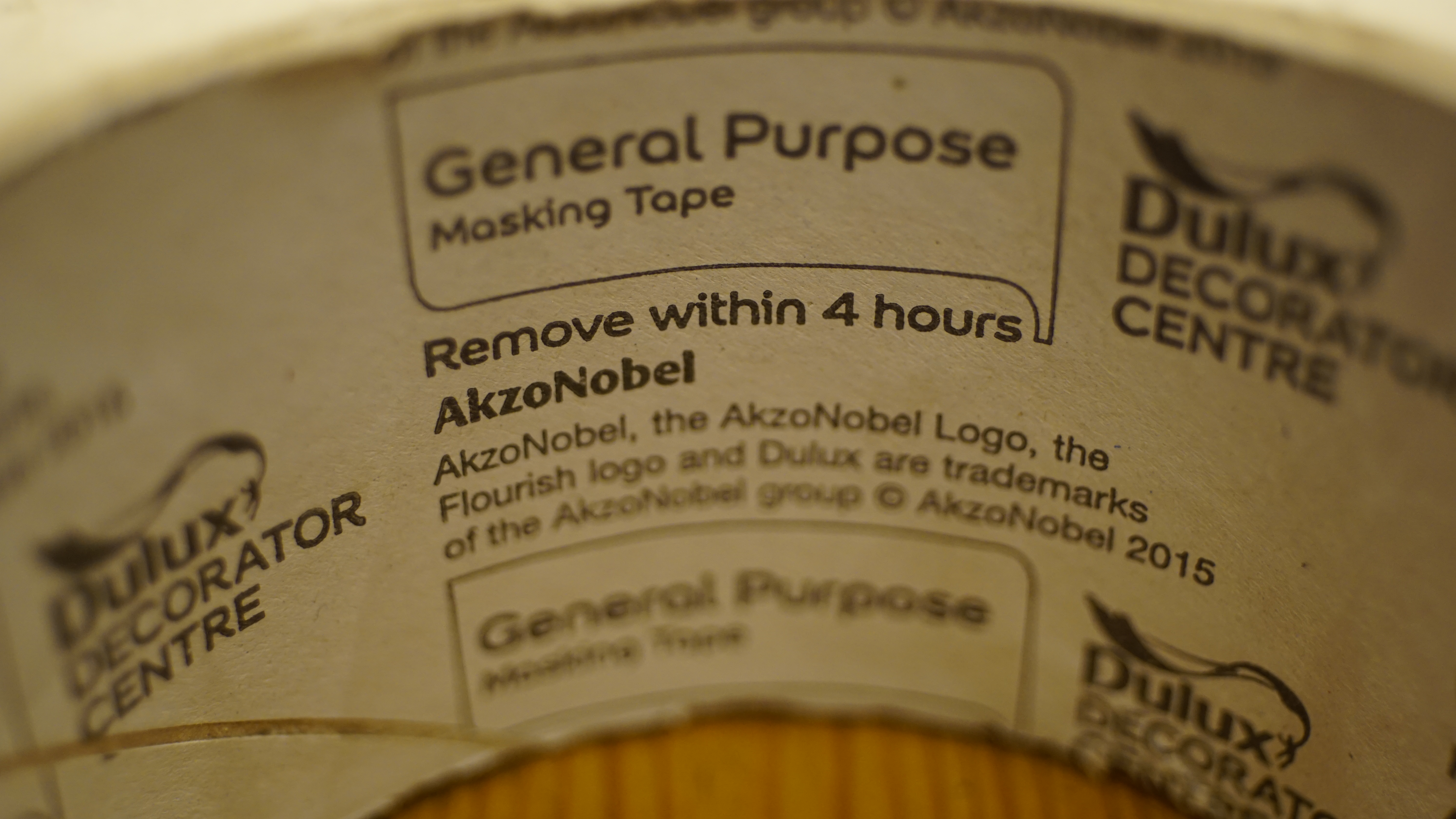Eggplantt
Forum Enthusiast
- Messages
- 329
- Reaction score
- 127

The rearmost Miranda 75-300 can't be used this way but is nevertheless removed in the same fashion.

The 58mm Tamron 103A one is facing the 'wrong way' as I don't have the right step rings to hand. Nevertheless, the glass is easily flipped as the retaining ring wasn't obviously glued. Performance has been known to sometimes improve with the 'wrong' orientation of a close-up achro so YMMV. It performs just fine this way.
I'm not a macro photographer and will want to do some more testing, but I haven't seen this specifically easy means of reusing telephoto zoom optical parts discussed.
The idea is to reuse the/part of the front group of a (non-retrofocus) telephoto zoom- 70-200, 70-300, 35-200, 28-200- which on a number of lenses is in a self-contained threaded housing, inserted/removed via the lens' filter thread.

That means they're in standard metric threads like M49x0.75 and can be 'bolted' straight onto any camera lens you desire!
I've found someone reusing part of a telephoto front group as a close-up filter online, but only after chopping the entire front section of the lens off in order to get a usable attachment thread (elements did not have their own adaptable housing).
This is many times easier than that, not withstanding the cost of lens disassembly tools. This is however typically the easiest part to get to (and is the scene of many 'I give up' repairs :-D ).
Benefits
- Achromatic, multicoated (chance of fancy 'fluorine'/stronger coatings?)
- Can end up with special low-dispersion elements which would probably be horrendeously overpriced if sold as dedicated close-up filter
- Huge variation/range of powers, even amongst lenses of the same focal length: shorter = more powerful, etc
- Range of appropriate lenses easy to acquire at little cost
- Great way to recycle a lens, might save something otherwise from the bin
- Far better than cheap and nasty kits
- Likely the best part of a premade lens that can be expected to perform on its own, well (especially from afocal zoom!)
Risks
- Difficult and potentially costly to find out which lenses are constructed this way
- Not necessarily noted in disassembly tutorials online;
- No database, record of which are constructed this way;
- Can't find anything about this online!
- Everything to do with removing and reusing only bits from a premade optical scheme, even in afocal zoom:
- Abberations may not be as fully corrected as they could be for a close up lens, as that might be done later in the optical train which is missing
- Part of the front group may be seperate to/missing from the housing, limiting performance; Tamron above is example of this (empty lens filters etc could help here)
Last edited:











